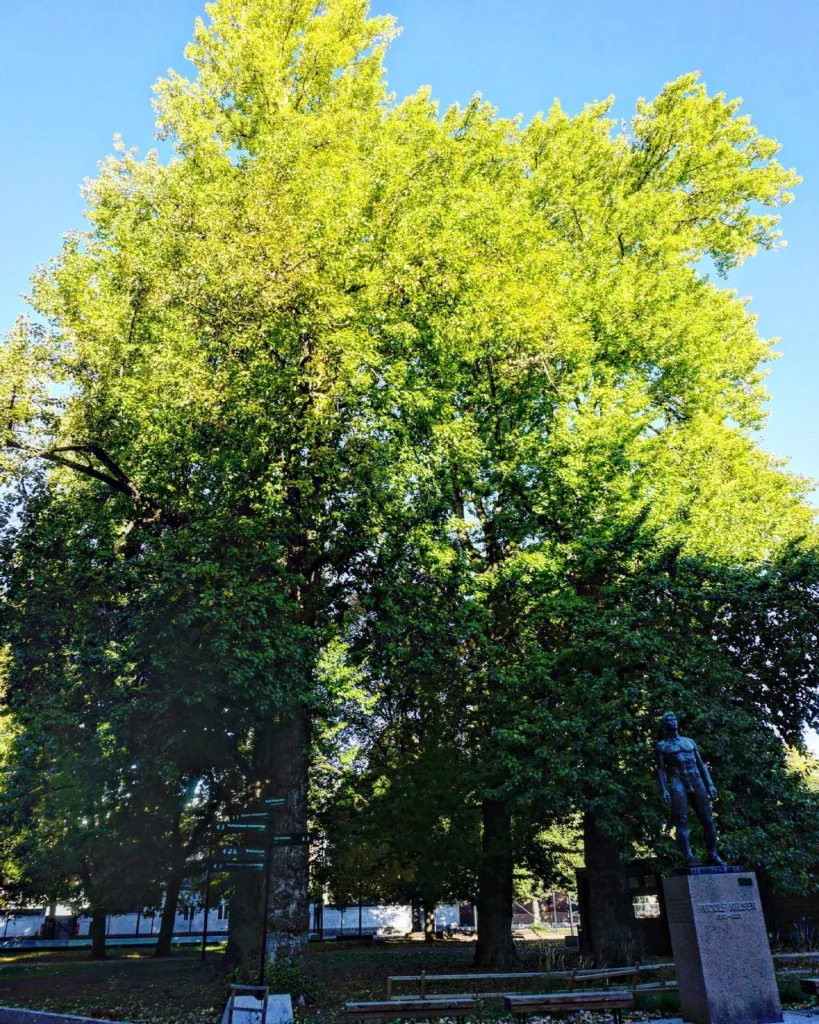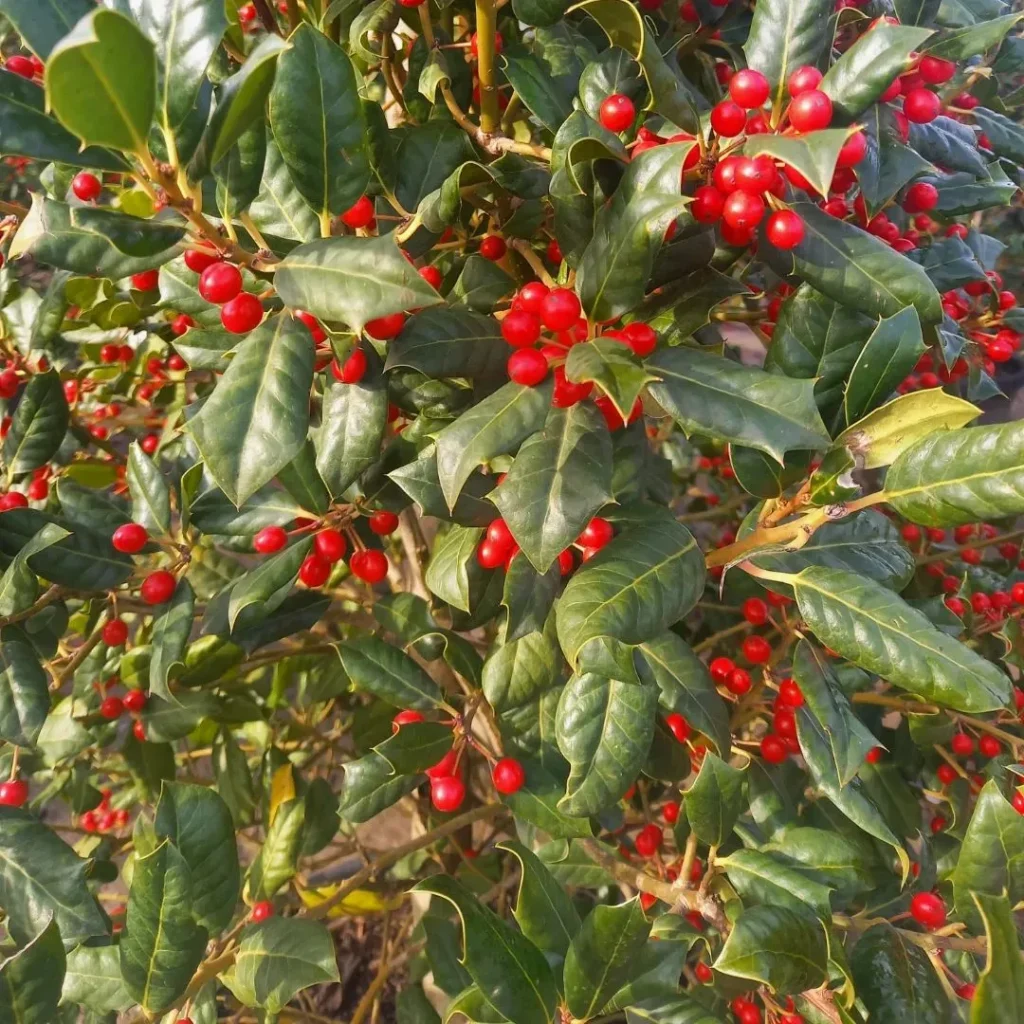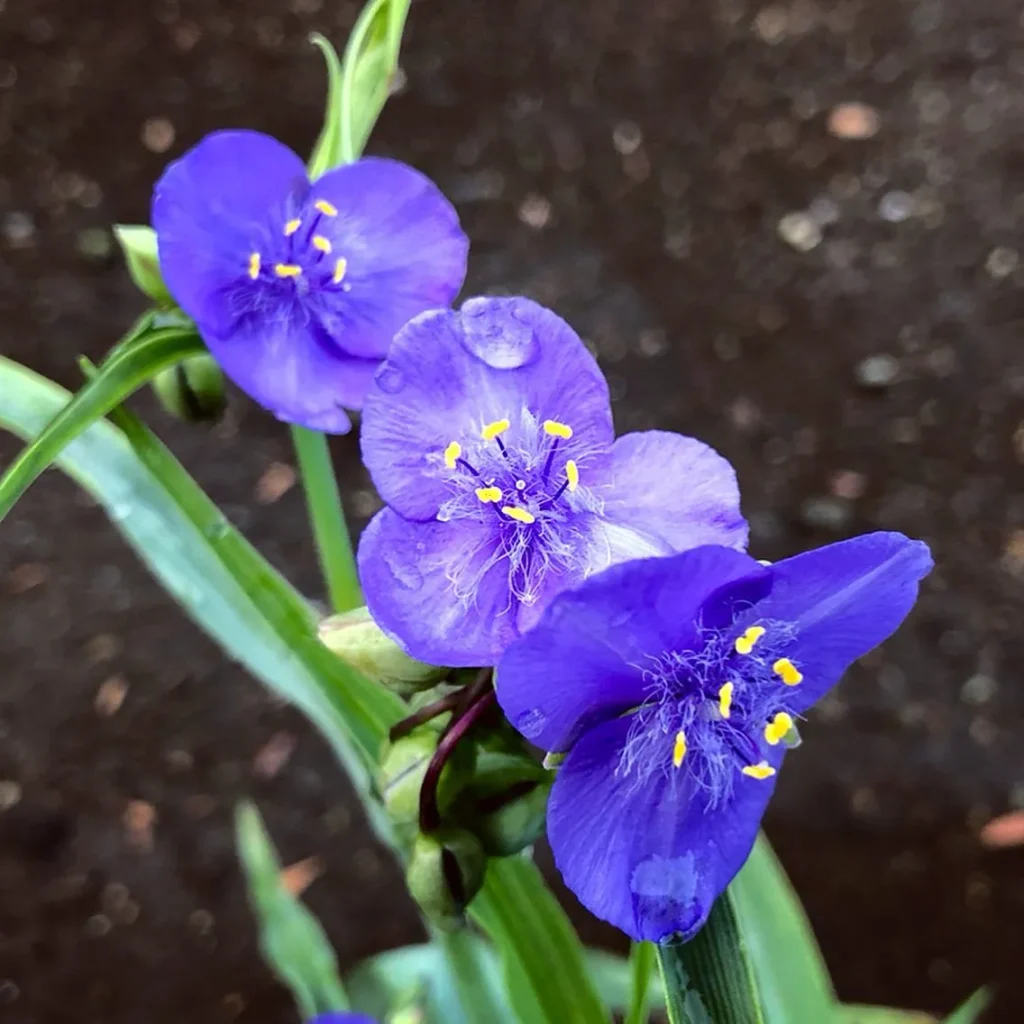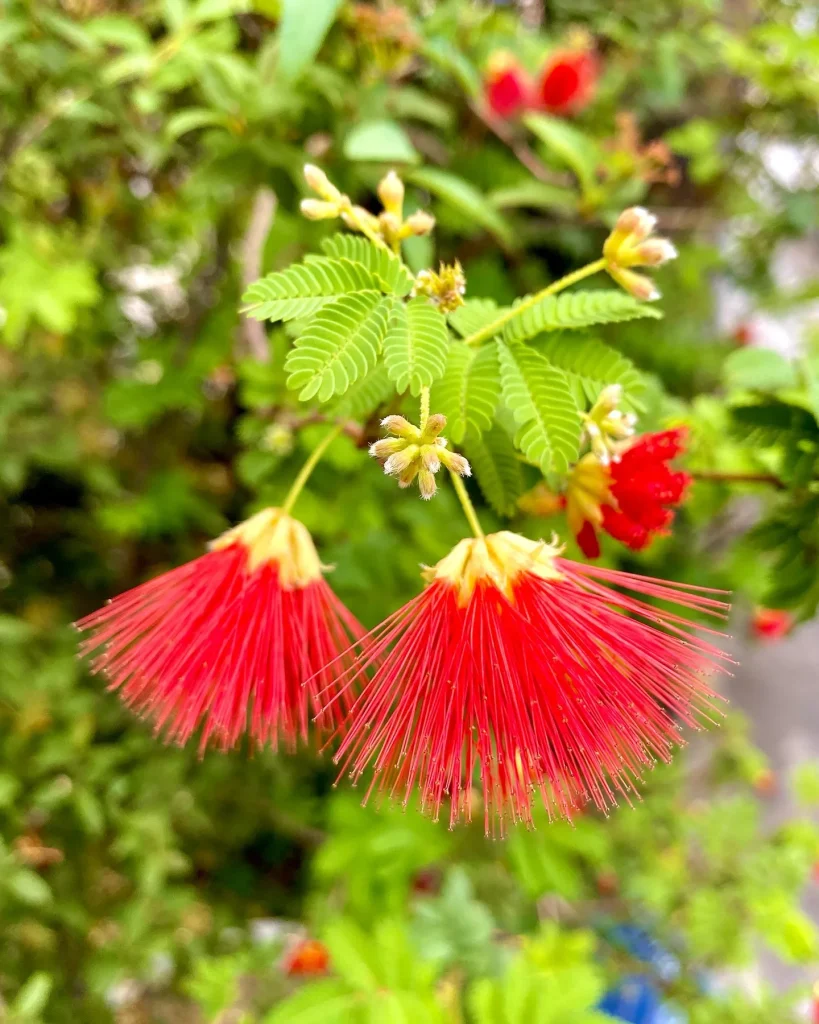FAQs About Illicium Orion
When I first came across Illicium Orion, I was immediately drawn to its striking beauty and the unique aroma that this plant offers. Also known as Anise Tree, this evergreen shrub has become a favorite in my garden due to its star-shaped flowers and lush green foliage. Over time, I’ve learned quite a bit about this plant, and I’d like to share some frequently asked questions and insights to help you grow and enjoy Illicium Orion in your garden.
40 Species in Genus Illicium
What is Illicium Orion?
Illicium Orion is a species of the Illicium genus, part of the Schisandraceae family. It is commonly referred to as the Anise Tree due to the anise-like fragrance its leaves emit when crushed. This shrub is native to Southeast Asia and thrives in warm, humid environments. Illicium Orion is prized for its star-shaped, yellow to cream-colored flowers that bloom in the spring, adding both beauty and fragrance to any garden. Its dense, glossy green foliage makes it an attractive choice for hedges or standalone shrubs.
How to Care for Illicium Orion?
One of the things I appreciate about Illicium Orion is its relatively low-maintenance care routine. However, there are some key things to keep in mind:
- Light Requirements: Illicium Orion prefers partial shade, though it can tolerate full sun in cooler climates. I find that it does best when it receives morning sun and afternoon shade, especially in hot climates. Direct sunlight can cause leaf scorch, so providing some protection during the hottest part of the day is essential.
- Soil: This shrub thrives in rich, well-drained soil with a slightly acidic to neutral pH. I like to amend the soil with organic compost to provide the necessary nutrients. Avoid planting Illicium Orion in heavy clay soil, as it can lead to poor drainage and root rot.
- Watering: Illicium Orion has moderate water needs. I water it regularly, ensuring that the soil remains consistently moist but not waterlogged. During dry periods, more frequent watering is necessary, but be careful not to overwater, as this can lead to root problems.
- Fertilization: I fertilize my Illicium Orion in the spring and summer using a balanced, slow-release fertilizer. This helps promote healthy growth and vibrant blooms. Avoid fertilizing in the winter when the plant is in a more dormant state.
- Pruning: Pruning is not a strict requirement for Illicium Orion, but occasional trimming helps maintain its shape and encourages denser growth. I usually prune mine after the flowering period to keep it looking tidy.
How to Propagate Illicium Orion?
Propagating Illicium Orion can be done through cuttings or seeds, though I find cuttings to be the more reliable method.
- Cuttings: During the late spring or early summer, I take semi-hardwood cuttings that are about 4-6 inches long. After removing the lower leaves, I dip the cuttings in rooting hormone and place them in a mixture of peat and perlite. Keeping the cuttings in a warm, humid environment with indirect light helps them root successfully.
- Seeds: Though it’s a slower process, Illicium Orion can also be propagated by seeds. I collect seeds from mature plants and sow them in a seed-starting mix. The seeds should be lightly covered with soil and kept consistently moist. Germination can take several weeks, so patience is key.
What to Plant with Illicium Orion?
When it comes to companion planting, I’ve had success pairing Illicium Orion with other shade-loving plants that thrive in similar conditions. Here are a few suggestions:
- Ferns: Ferns complement the texture of Illicium Orion’s foliage and thrive in the same shady, moist conditions. I’ve found that their lush, feathery fronds add a nice contrast to the dense, glossy leaves of Illicium Orion.
- Hostas: Hostas are another excellent companion plant. Their broad, colorful leaves provide a striking contrast to the green foliage of Illicium Orion, and they also prefer partial shade.
- Azaleas and Rhododendrons: These acid-loving shrubs share similar soil and light preferences with Illicium Orion. Planting them together can create a beautiful, layered effect in the garden.
- Camellias: I find that camellias pair beautifully with Illicium Orion due to their similar growing conditions and complementary blooms.
Is Illicium Orion Toxic?
One of the most important things to note about Illicium Orion is that it is toxic if ingested. The plant contains compounds that can cause serious health issues if consumed, so it’s important to plant it in areas where pets and children won’t be tempted to eat its leaves or seeds. Always handle the plant with care and educate others about its toxicity.
How Fast Does Illicium Orion Grow?
In my experience, Illicium Orion is a slow to moderate grower, reaching its full height of around 6 to 10 feet over several years. The growth rate depends on the growing conditions—plants in ideal environments with good light, soil, and water will naturally grow faster. I’ve found that regular fertilization and proper care can also encourage more vigorous growth.
Does Illicium Orion Have Any Pests or Diseases?
Illicium Orion is relatively pest-resistant, which is another reason I love having it in my garden. However, it’s not completely immune to problems. I’ve occasionally seen scale insects and aphids on my plants, though they’ve been easy to manage with insecticidal soap or neem oil. Fungal issues like root rot can occur if the plant is overwatered or if the soil doesn’t drain well.
Conclusion
Illicium Orion is a stunning and versatile plant that can add beauty, fragrance, and structure to any garden. While it does require some care and attention, especially regarding its watering and light needs, it’s well worth the effort. Whether you’re looking for a standout specimen plant or a beautiful shrub to add to your landscape, Illicium Orion is a fantastic choice. With the right care, this evergreen beauty will reward you with lush foliage and striking blooms for years to come.
If i die, water my plants!



